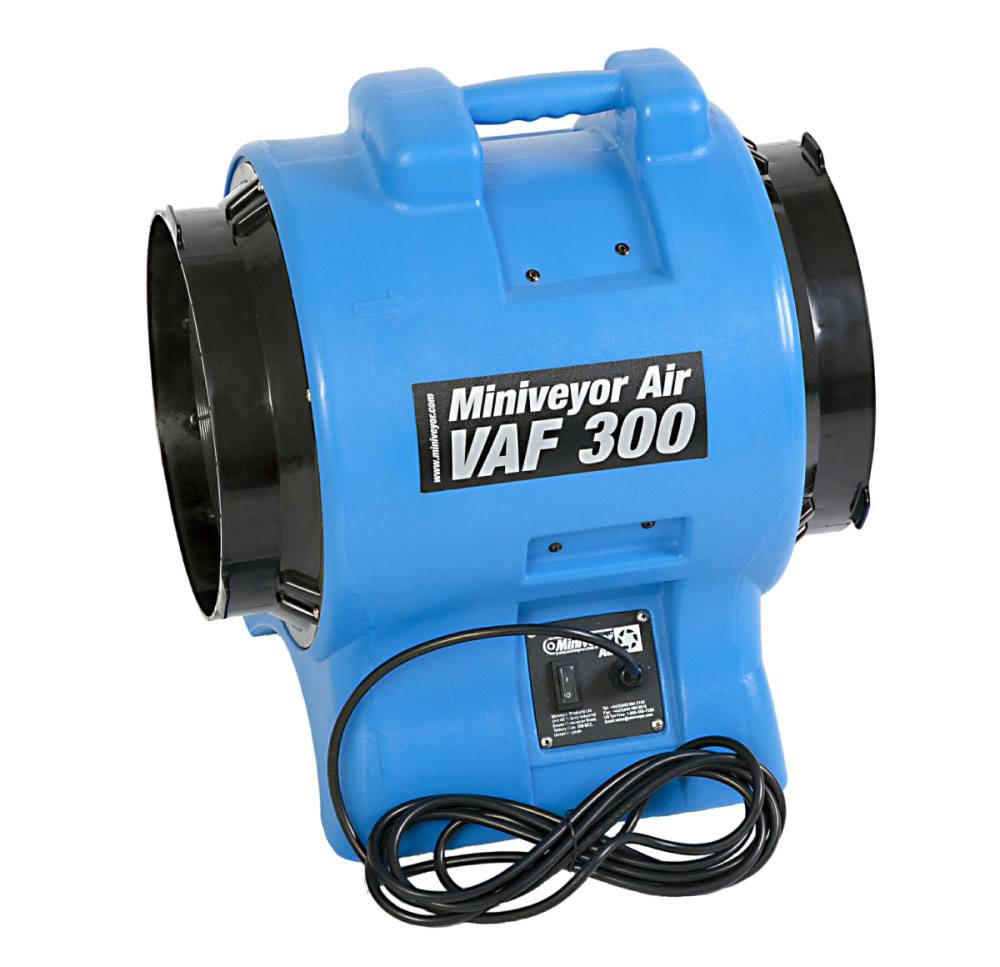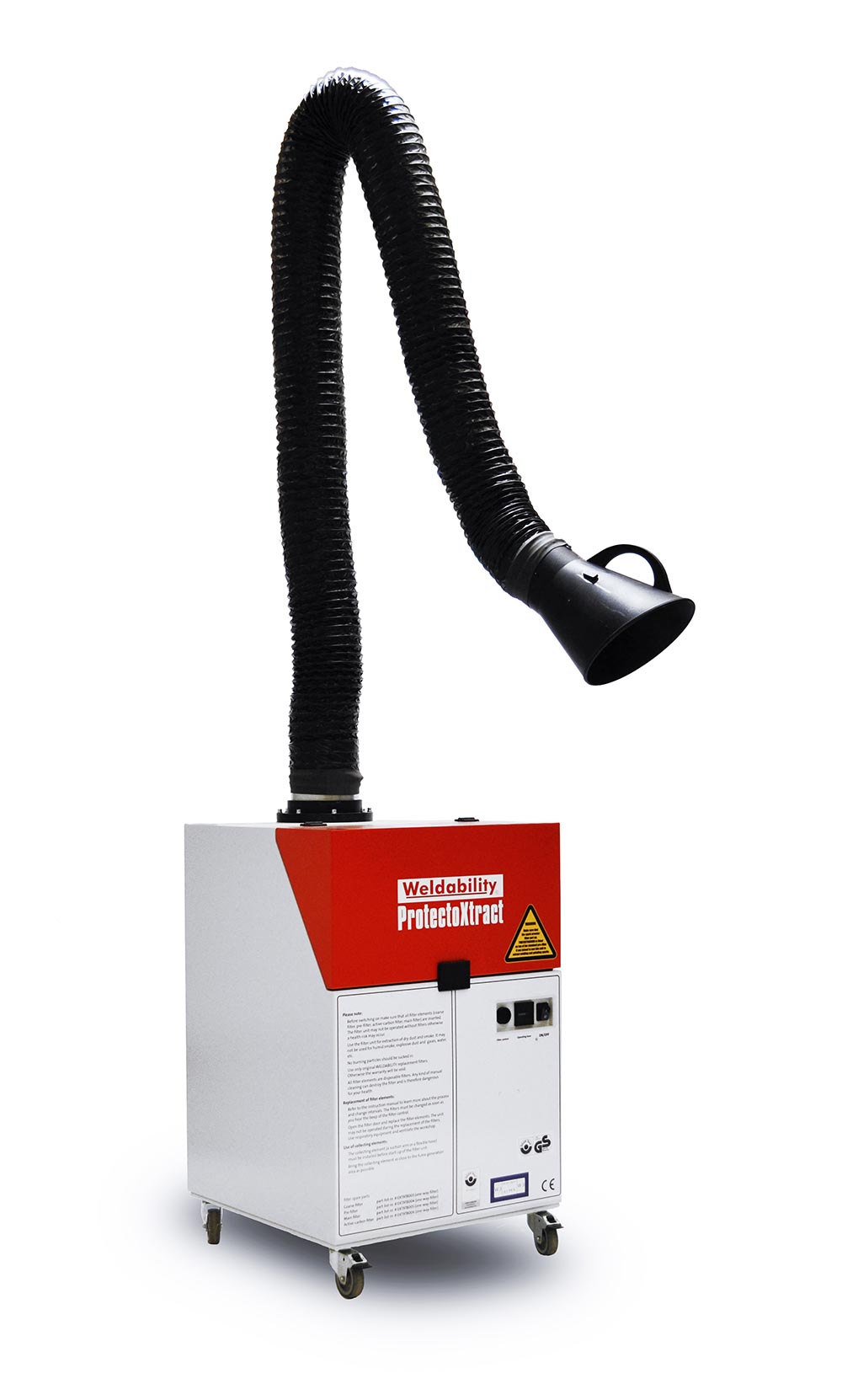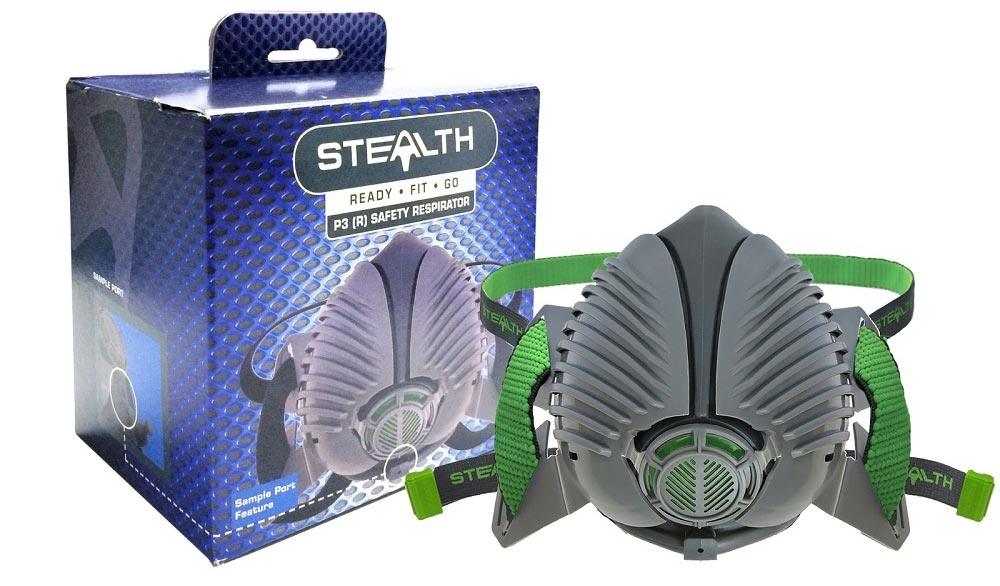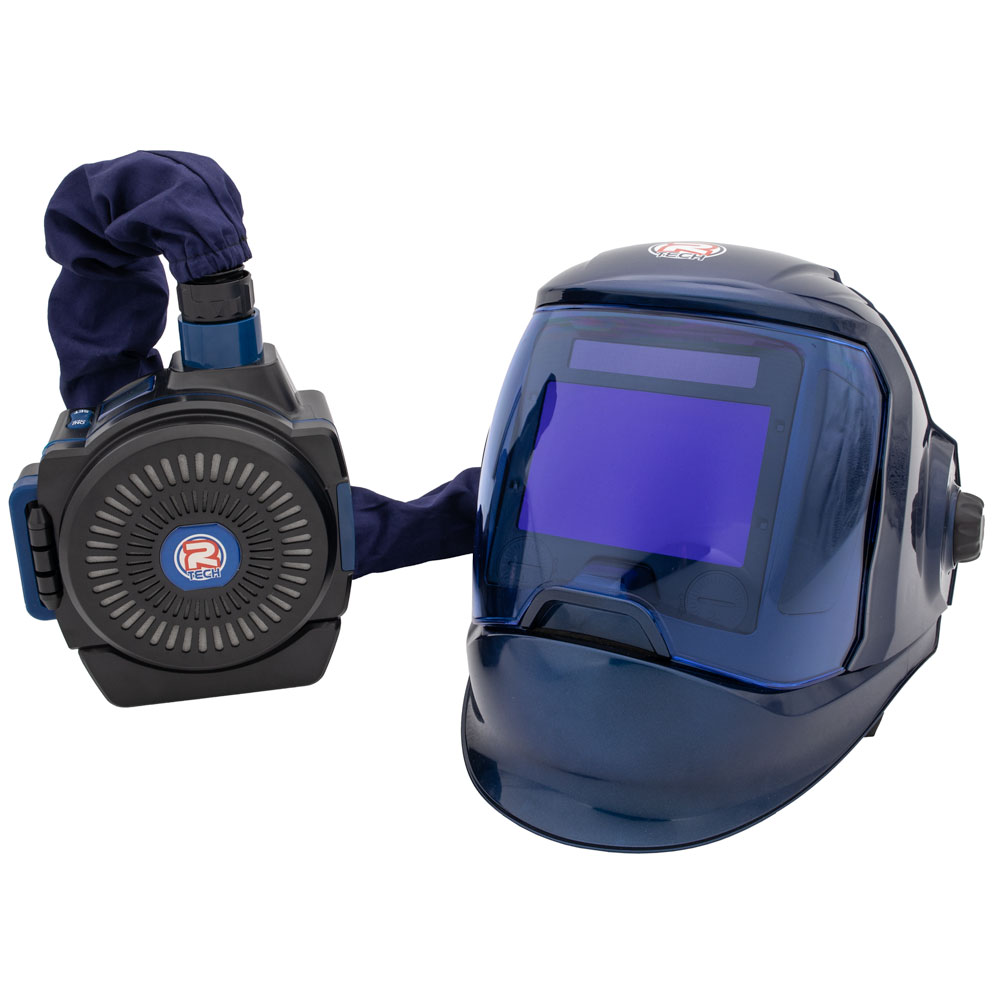The best LEV and RPE welding fume extractors
In February 2019, the UK Health and Safety Executive (HSE) issues a safety alert titled ‘Change in Enforcement Expectations for Mild Steel Welding Fume’.
We’ve always known that welding fume is nasty. However, the HSE’s bulletin (STSU1-2019) ups the stakes considerably. That’s because it’s based on important new scientific evidence from the International Agency for Research on Cancer (IARC). According to the IARC’s research, ‘exposure to mild steel welding fume can cause lung cancer and possibly kidney cancer in humans. The Workplace Health Expert Committee [an independent body that provides expert scientific and medical opinions on matters relating to workplace health] has endorsed the reclassification of mild steel welding fume as a human carcinogen.’
As a result of this, there has been a change in HSE enforcement expectations relating to the control of welding fume exposure. This includes exposure to mild steel welding fume. In turn, this has implications for the use of local exhaust ventilation, respiratory protective equipment and welding fume extraction. That’s what this article is all about.
What does this mean for welding businesses and welders?
The 2019 HSE safety alert means that all businesses undertaking welding activities should ensure that effective ‘engineering controls’ (aka local exhaust ventilation or LEV) are provided. And that they should be used correctly to control the fumes from such welding activities. The HSE alert explicitly states that ‘general ventilation does not achieve the necessary control’.
What’s more, where engineering controls aren’t enough to control all welding fume exposure, ‘adequate and suitable’ respiratory protective equipment (RPE) is also required to control risk from residual fume. Where welding is done outdoors, this means RPE is also required.
Although the HSE’s bulletin specifically refers to ‘all businesses undertaking welding activities’, amateur welders should also take adequate and suitable measures. Most probably, this will be in the form of RPE such as filter masks and air-fed welding masks.
Local exhaust ventilation (LEV) and respiratory protective equipment (RPE)
So what exactly are local exhaust ventilation (LEV) and respiratory protective equipment (RPE)? And how do they help?
Local exhaust ventilation (LEV)
The HSE refers to local exhaust ventilation as engineering controls. These are the equipment and systems, ranging from small man-moveable ‘suck and chuck’ extractors and portable mobile welding fume extractors, to built-in static exhaust gas extraction installations serving whole welding workshops.
Significantly, where LEV equipment is in use, Health and Safety at Work and Control of Substances Hazardous to Health legislation requires an annual COSHH LEV test. This involves thorough inspection and examination of the equipment and related working practices. It also involves air flow measurements, hood capture velocities and assessment of the system’s condition. Imagine an MOT test for a fume extractor…
To understand more about the equipment embraced by the term LEV, consider the following examples:
Portable ‘suck and chuck’ welding fume extractors
These are relatively portable welding fume extractors equipped with a powerful fan and a length of flexible ducting that’s manually positioned to direct exhaust gases out into the atmosphere – subject of course to meeting all regulations. Directing one of these out of your workshop onto a local footpath won’t go down well…
Different sizes and capacities of portable welding fume extractors are available. The popular Italian-made Miniveyor Air VAF 200 with 800 CFM capacity exemplifies devices that are perfect for confined spaces. These include amateur welding environments as well as professional workshops.
NOTE: machines such as the VAF 200 won’t normally be sold with LEV test certification included in the price. If you opt for this solution, you’ll need to arrange this separately to comply with regulatory requirements. As you’ll see later, other types of mobile LEV equipment may come with initial LEV test certification – it depends on your supplier.
Fixed LEV systems
At the other end of the LEV spectrum are elaborate static LEV fume extractor installations. These can easily require a capital investment of between £20,000 and £30,000. As bespoke, site-specific local exhaust ventilation installations they require a comprehensive professional site survey and proposal for supply, installation and ongoing maintenance.
What’s the best fume ducting position?
This is a good point to touch on the best fume ducting position to ensure optimum extraction of welding fume. It’s a question that’s often asked and one that can take a fair bit of explaining because of the variables involved. Suffice to say that a professional survey before fitting a static LEV system will consider this along with myriad other aspects of system installation. Size and shape of duct heads, and their optimum positioning, will be considered alongside choices between high-volume/low velocity (‘high vol’) and high velocity/low-volume (‘low vol’) air flow.
It’s definitely not a question that can be dealt with in a one-line answer. An excellent source of guidance on the whole topic of LEV for welding is The Welding Institute’s website page about local extraction for welding fumes. The article, by the UK’s leading authority on welding, helps to answer the question (albeit at a fairly high level) with commentary embracing fume plumes, fume ducting positioning and consideration of capture zones for ducting inlet-nozzles. It’s recommended reading, with the added benefit of a brief introduction to choosing between fixed LEV equipment or portable fan units.
Mobile filtration
With basic ‘suck and chuck’ portable welding fume extractors and sophisticated static installations, we’ve addressed two extremes of LEV provision. However, for many welders, a third option of mobile filtration often delivers an optimum solution – either alone or in conjunction with fixed LEV.
The performance of mobile filtration devices such as the BGIA-approved Weldability ProtectoXtract Welding Fume Extractor LEV Unit 230V, combined with their standalone operation, means they easily outgun ‘suck and chuck’ extractors. Instead of just being exhausted to atmosphere, fume is captured and filtered. What’s more, they may also save you the cost and hassle of a bespoke static installation.
As well as delivering professional-quality fume extraction and filtration within a wide range of welding environments, mobile filtration such as the ProtectoXtract, or its slightly lower-cost stablemate, the ProtectoVac Max Fume Extractor, also offer excellent portability and the advantage of not exhausting to the atmosphere. Other functionality, including ProtectoSpark kits for grinding work, and ‘Filter Full’ warnings, only enhance the value of this equipment. Naturally, mobile filtration machines come in several variants, encompassing 110V and 230V power supply, different air movement capability, washable filters, and single or double suction arms.
One last consideration: choose the right supplier, and (for most UK locations) the machine’s price may include your first LEV test certification. R-Tech Welding Equipment offers this.
Respiratory protective equipment (RPE)
While some DIY welders may invest in portable LEV equipment such as the above-mentioned VAF 200 or Weldability’s ProtectoVac Max Fume Extractor, for occasional welders – and pro-welders in welding environments where LEV doesn’t adequately control fume exposure – personal respiratory equipment (PRE) will be needed to protect from the welding fume referenced in HSE safety alert STSU1-2019.
Local exhaust ventilation (LEV) protects welders and other people by cleaning fumes from their immediate atmosphere at source. On the other hand, respiratory protective equipment (RPE) protects a welder by stopping welding fume entering his or her personal breathing zone. RPE devices are essentially ‘gas masks’ for welders.
Thinking about the protective requirement indicated by the HSE’s safety alert, two main types of RPE are available to you: welding masks with respirators and air-fed welding masks.
Welding masks with respirators
Consider a welding mask with respirator such as the popular Stealth P3 Personal Safety Respirator (HEPAC). By the way, HEPAC stands for high efficiency particulate air composite, the construction of the P3’s media pleated filter. It’s one of the reasons this simple RPE device will filter 99.95% of airborne particles and all aerosols at 0.3 microns and above.
Devices such as the Stealth P3 epitomise basic, affordable, remarkably-effective entry level RPE that – at the time of writing – typically give fume protection for under £25. Yes, it’s ‘cheap and cheerful’ protection, but for many welders an effective way to protect themselves.
For occasional ‘weekend welders’, as well as to complement other LEV equipment in professional workshops, welding masks with respirators, such as the Stealth P3, are worth considering. However, for extended or intensive professional welding use, or where you want the optimum combination of protection and comfort, you should look at air-fed welding masks…
Air-fed welding masks
Whereas basic respirator masks are equipped with a simple, well, respirator, air-fed welding helmets take comfort, portability and protection of your breathing zone to completely different levels.
With a popular air-fed welding mask such as the ENI2941-compliant R-Tech Spiritus Pro Air-Fed Welding Mask , you get a fully-featured DIN 9–15 auto darkening welding helmet with flip up helmet. The battery-powered blower unit protects you from fume inhalation and provides a comfortably cool breathing zone for up to 10 hours while you weld.
Whether you choose and use a respirator-equipped welding mask or a fully-featured air-fed mask, you’ll be taking positive action to counteract the new threat identified in HSE safety bulletin STSU1-2019.
PRO-TIP – R-Tech Welding Equipment’s Mike Gadsby offers the following thoughts based on decades in the welding industry: ‘Once you’ve selected your respirator mask or air-fed welding mask, remember to check and change filters regularly and ensure a really good facial seal every time you wear your mask. If you wear a beard, you really do need to be particularly careful. The quality of that face-to-mask seal really matters.
Conclusions on the best LEV and RPE welding fume extractors
So there you have it, a brief look at the implications of HSE safety alert STSU1-2019 and some suggested ways to meet the bulletin’s requirements and protect yourself from potentially carcinogenic welding fume – even if you’re only welding mild steel.
To summarise the bulletin’s action requirements for welding businesses:
- Make sure exposure to welding fume is adequately controlled with engineering controls (typically, local exhaust ventilation or LEV).
- Make sure you provide suitable controls for all welding work (including outdoor welding), regardless of how long the welding activity lasts.
- If engineering controls such as LEV aren’t enough, use respiratory protective equipment (such as a personal respirator masks or air-fed welding helmet).
- Make sure all engineering controls are used correctly, maintained properly and thoroughly examined and tested where required (e.g., with annual LEV testing and certification).
- Finally, make sure any respiratory protective equipment is subject to an RPE programme covering all aspects of use needed to ensure that your RPE will protect wearers effectively.
With immediate effect from the publication of the HSE’s safety alert, there’s been a strengthening of HSE’s enforcement expectation for all welding fume, including mild steel welding.
If you haven’t done so already, please read HSE safety alert STSU1-2019 thoroughly and seek further advice if you require it. Remember too, that the R-Tech team is here with practical advice based on decades of supporting welding and welders’ safety.
Whether you need a bespoke workshop engineering solution to manage welding fume, or you’re a hobby-welder seeking a basic respirator mask, we can help you weld better and more safely, and meet evolving changes in welding safety.




